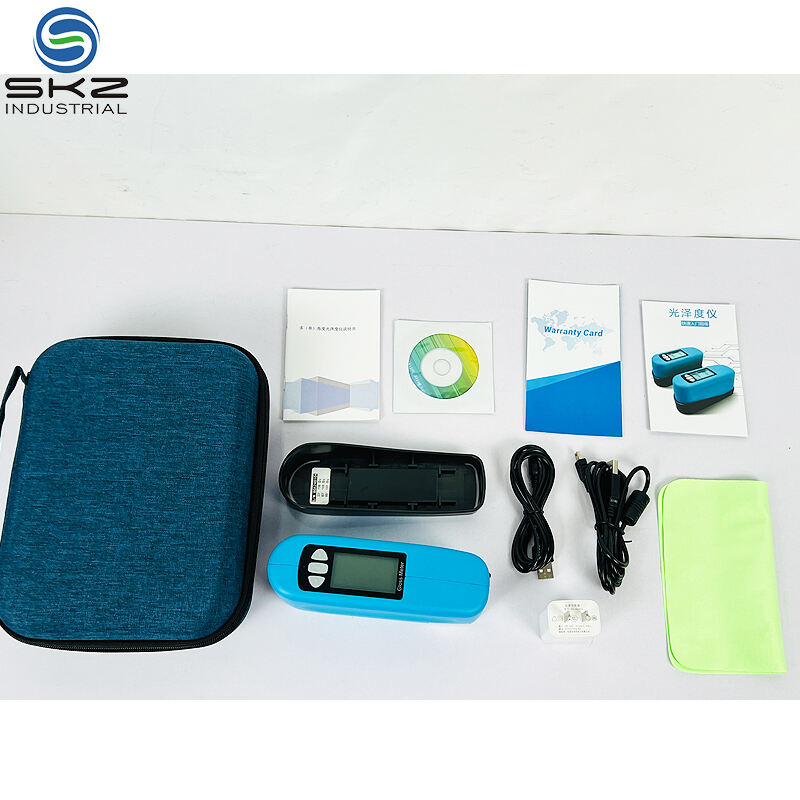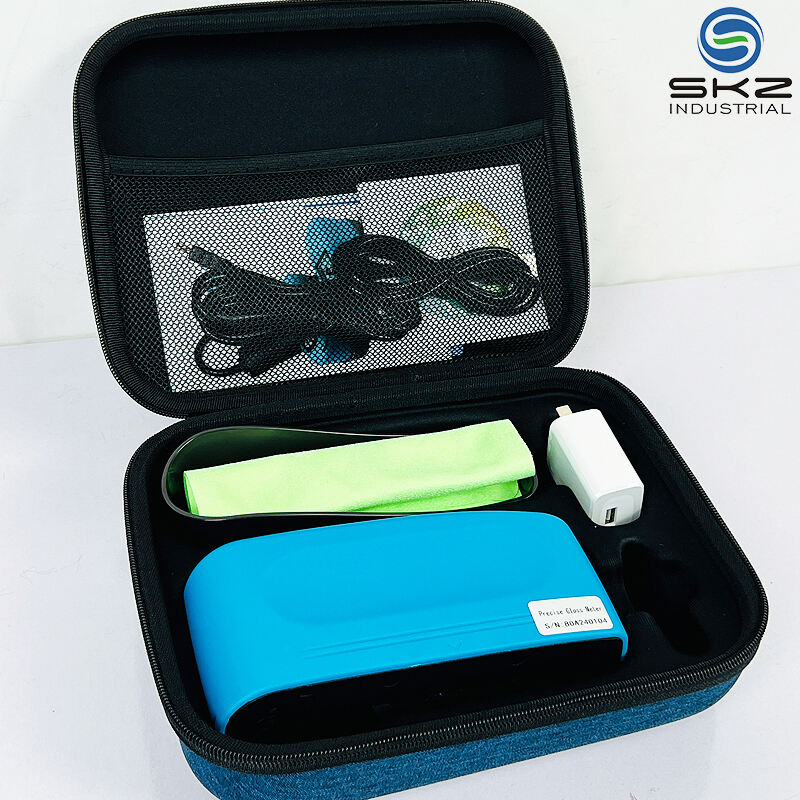
Main Application Areas of Digital Gloss Meter
SKZ68 gloss meter is widely used in the following industries:
Coatings and coatings
Detect the specular reflection performance of automotive paint and furniture coatings.
Evaluate the surface finish and durability of anti-corrosion coatings.
Plastics and packaging
Control the gloss consistency of injection molded parts and films (such as cosmetic bottles and food packaging).
Printing and paper
Ensure that the visual effect of printed materials (magazines, labels) meets brand requirements.
Metal processing
Quantify the quality of polishing or brushing process of stainless steel and aluminum alloys.
